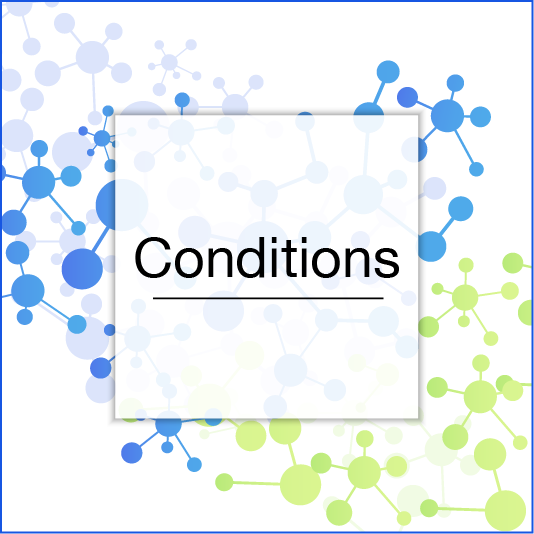
Pneumonia
Commonly known as pneumonia, this condition may be caused by bacteria, viruses, fungi and other microorganisms, and is characterized with inflammation of pulmonary tissue. It is categorized in 3 main groups in accordance with location of disease and patient characteristics:
Community-acquired pneumonia: This category of disease, as the name suggests, is acquired during one’s daily course of life. It is also evaluated in two subgroups: Typical and atypical. Typical pneumonia emerges with sudden onset, chills, tremors, fever, coughing, phlegm discharge and chest pain. Onset is usually of bacterial origin. Diagnosis requires observation of relevant findings through chest x-ray and laboratory analyses. Atypical pneumonia, on the other hand, often emerges in young individuals along with symptoms of fever, malaise and headaches. Dry coughing and dyspnea may accompany the aforementioned symptoms as well. Clinical examination, laboratory and radiological findings are mostly incoherent with each other. It is known to be caused by atypical bacteria or viruses.
A patient diagnosed with pneumonia should immediately receive treatment. Despite available advanced laboratory tests, the majority of cases cannot be diagnosed early on. Treatment is carried out with empirical antibiotics. The patient may be treated on outpatient or inpatient basis, depending on their age, clinical status and risk of mortality. Term of treatment is 7-10 days for typical pneumonia and 14-21 days for atypical pneumonia.
Hospital-acquired pneumonia: This type of pneumonia emerges within 48 hours prior to admission to hospital or after discharge. Hospital-acquired pneumonia is often induced due to microorganisms of the patient’s own flora, which may vary depending on the underlying disease, presence of risk factors and onset period of pneumonia.
It is essential in diagnosis to define prominent pathogens and severity of disease. Early and appropriate empirical therapy is bound to improve prognosis significantly. Each hospital and unit will take into consideration their own microbiological data when configuring such therapy, which should be concluded within 10-14 days.
Pneumonia in immunocompromised patients: This group of pneumonia includes patients who receive chemotherapy for solid tumors or hematologic malignancy, organ transplantation recipients, those who take high doses of steroid/chemotherapeutic agents, and congenital or acquired immunodeficiency (e.g.: HIV) patients.
Pneumonia is a significant cause of death among this population with mortality rates reaching 45-100%. As immunocompromised cases tend to be associated with obscure clinical and laboratory findings, non-infectious indicators and more than one factor of infection, their overall condition make it difficult to diagnose pneumonia.
Clinical approach is determined in accordance with neutrophil ratio and whether the case is an AIDS patient or not.
In addition to the primary physician tending to the case, therapy requires a multidisciplinary team approach involving the clinics/units of pulmonary disease, infectious diseases, thoracic surgery and intensive care.